Category: Insights
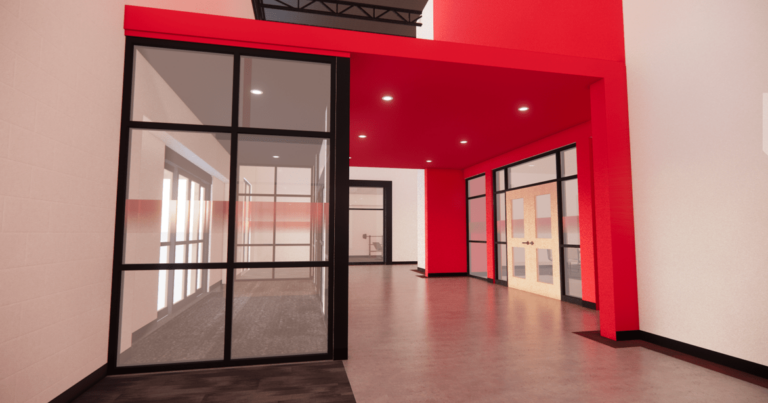
- Insights
- Projects
Accessible Design: Beyond Vision's VisABILITY Center – Part 3
Part 3: Accessible Design in Action Beyond Vision’s new VisABILITY Center is a case study in accessible design. Bray’s interior design team carefully selected materials and finishes to maximize the tactile response for the center’s low-vision and vision-impaired employees and visitors. As part of the research process, Beyond Vision shared a pair of goggles with…
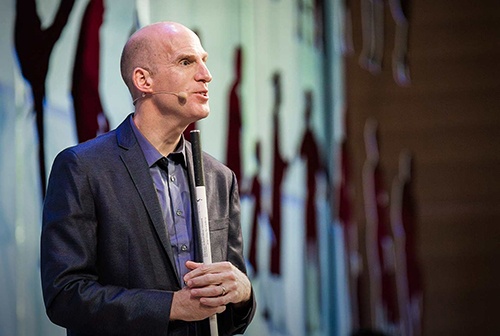
- Insights
- Projects
Accessible Design: Beyond Vision's VisABILITY Center – Part 2
Part 2: Collaborating with Architect Chris Downey Innovative projects take teamwork. As they planned for the VisABILITY center, Bray and Beyond Vision received help from Chris Downey, a California-based architect who lost his sight in 2008 after undergoing surgery to remove a brain tumor. He continues to practice architecture, bringing a personal perspective to the…
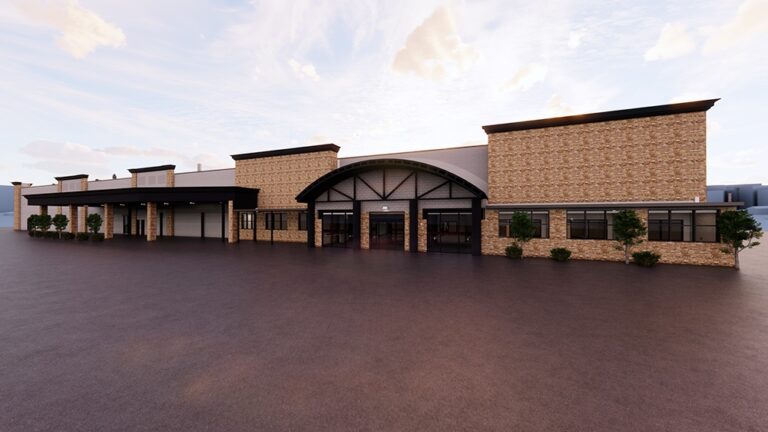
- Insights
- Projects
Accessible Design: Beyond Vision's VisABILITY Center – Part 1
Part 1: On a Mission for Accessible Spaces Accessible design was the mission for Bray in creating a new, 130,000-square-foot headquarters for Beyond Vision. This Milwaukee-based nonprofit needed a new space to expand their work providing meaningful and sustainable employment for people with vision loss. A New Accessible Space Dubbed the VisABILITY Center, the new location will…
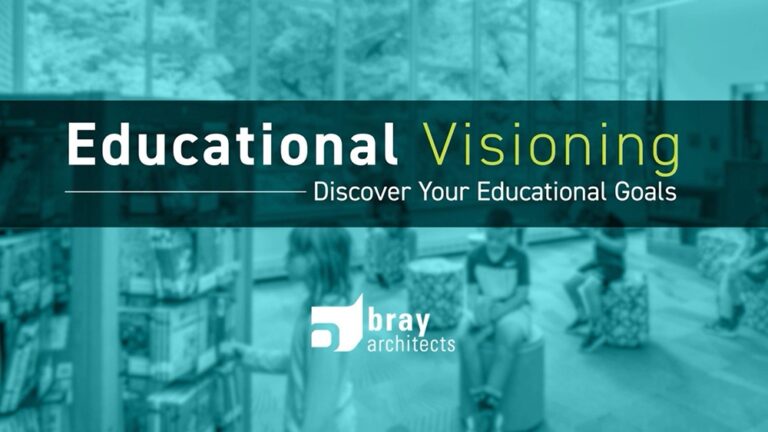
- Insights
Video – Educational Visioning
We’re wrapping up our Understanding Educational Visioning series with a short video that provides a glimpse into the process. In the span of about 90 seconds, we cover what educational visioning is, what it looks like in practice, and how Bray approaches this critical part of any new school’s design. In case you missed it,…
Read more about Video – Educational Visioning
January 31, 2022
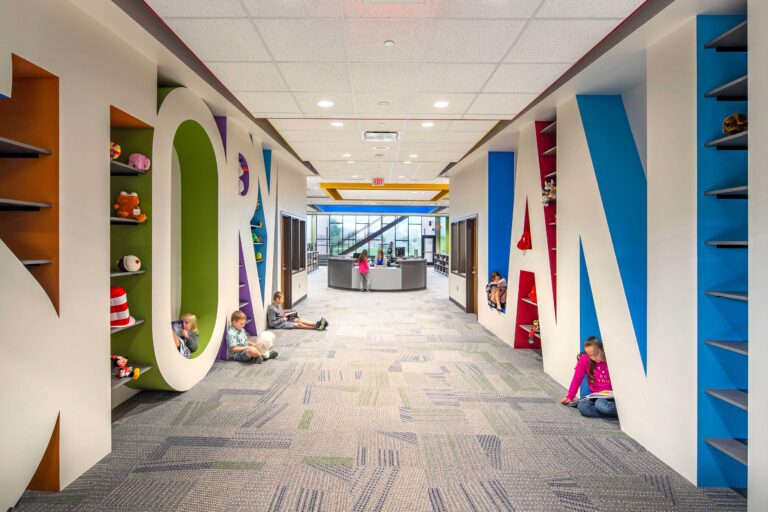
- Insights
Understanding Educational Visioning – Part 4: Pedagogy
This is the final post in our four-part series looking at educational visioning and its role in the school design process. Read part three. Pedagogy Districts have diverse ways of delivering learning to their students. Priorities can even vary among schools within one district and among grade levels. The educational visioning process seeks to identify…
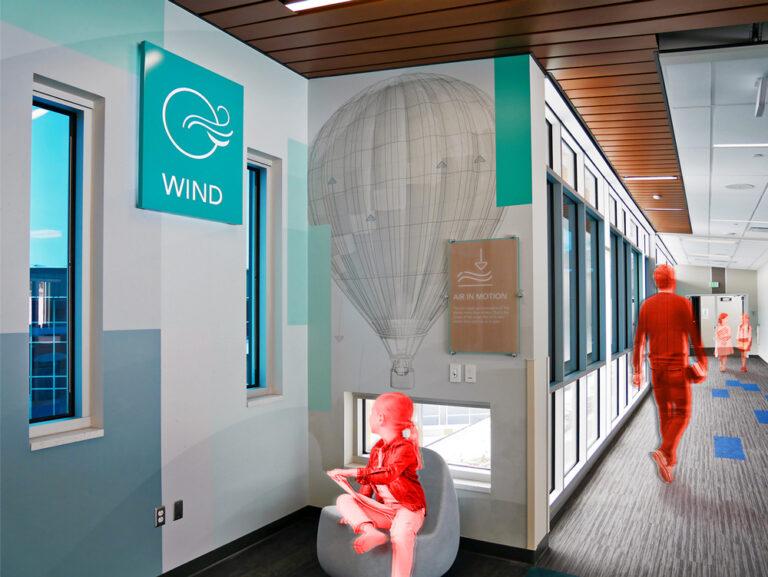
- Insights
Understanding Educational Visioning – Part 3: Identity
This is the third of a four-part series looking at educational visioning and its role in the school design process. Read part two. Identity Every school district has a unique set of priorities, and that’s addressed through identity. That’s when the design team and the district develop an overarching theme that guides their work on…
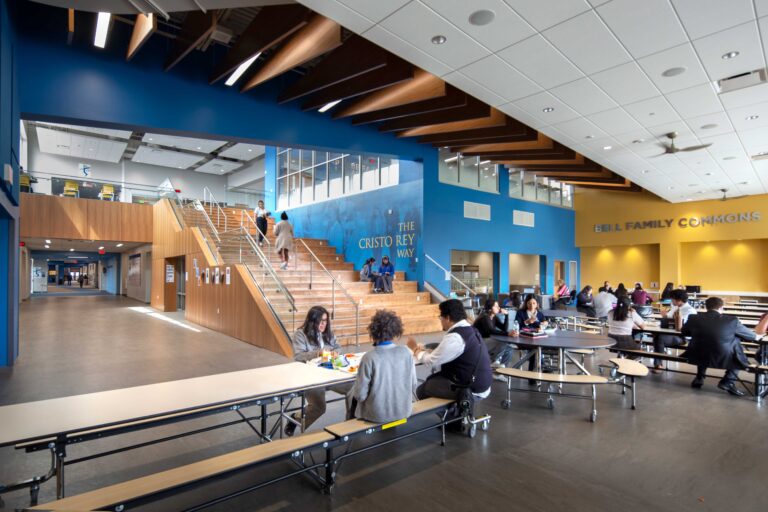
- Insights
Understanding Educational Visioning – Part 2: Architecture
Architecture It may seem obvious that conversations about a new school need to be about the physical space. But how this happens can be a mystery to those who aren’t regularly involved in the process. Architects base their early discussions of space around the “program.” The program is a list – like cook’s grocery list…
- Insights
Understanding Educational Visioning – Part 1: What Is It?
What is Educational Visioning? Educational visioning is strategy for the school district – including students and their parents, staff, teachers, and administrators – the architectural team, and the community to develop goals and a direction for the new learning spaces. The point is to bring these voices together, start conversations about the new spaces, and…
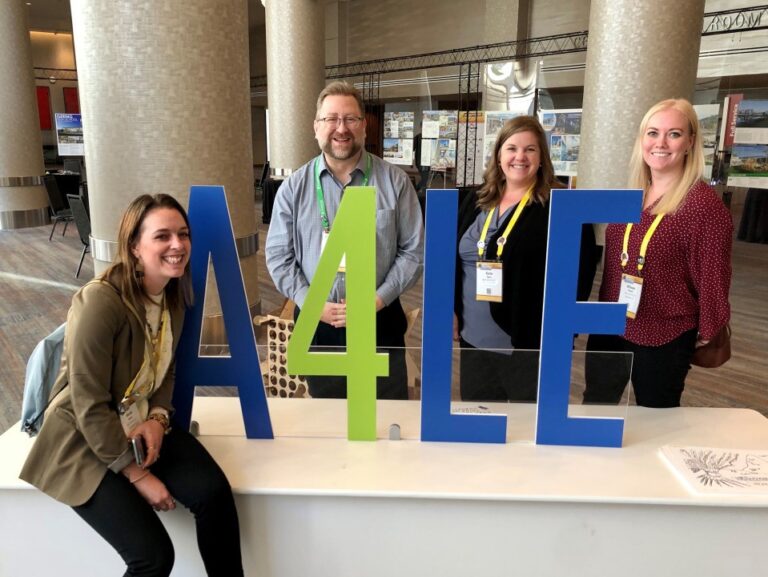
- Insights
- People
Advocating for A4LE
Image above: Four Bray team members attended the 2021 LearningSCAPES conference of the Association for Learning Environments in Denver, Colorado. Above from left to right: Maria Welch, senior project specialist; Andrew Iverson, architect and project leader; Kate Egan, architect and project leader; and Allison Mastel, architect and project leader. Raising Awareness of an Important Organization…
Read more about Advocating for A4LE
December 29, 2021
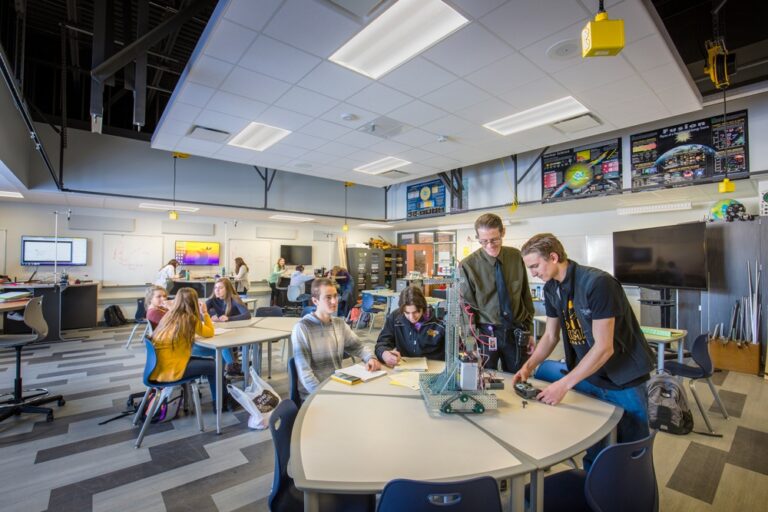
- Insights
Celebrating National STEM/STEAM Day: Four Design Takeaways
To celebrate National STEM/STEAM Day, we wanted to share insight from our years of experience designing these important educational spaces. Here are four takeaways we’ve learned after creating STEM, STEAM, and tech ed spaces for more than 35 communities. STEM/STEAM programs gain strength through partnerships with local businesses. The addition and renovation of Tech Ed…
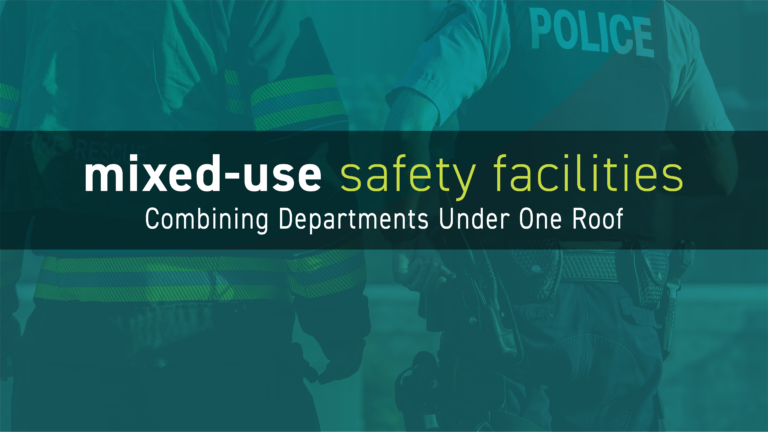
- Insights
- Projects
Mixed-use Safety Facilities: Combining Departments Under One Roof
A shared public safety facility, housing multiple public-serving departments under one roof, can create logistic efficiencies – reducing operations costs, decreasing response times for emergency vehicles, and offering a central location for citizen needs. A shared space can also unite the departments and offer a symbol of pride and safety for the communities it serves.…
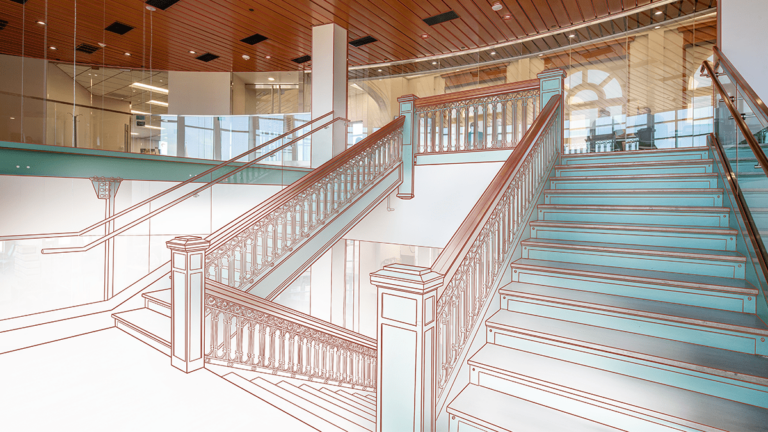
- Insights
Considerations for Your Historic Preservation Project
Preserving history for a local community is often an important priority for many of the clients we work with. It is also often an important factor for the local economy – preserving an abandoned piece of history can add aesthetic value, create business opportunities, and provide historical context for future generations. Building preservation does require…